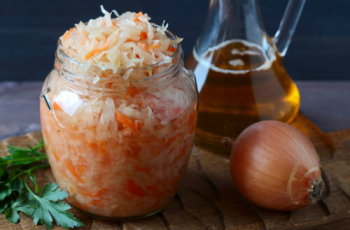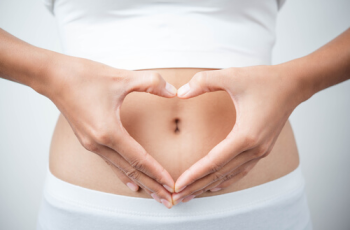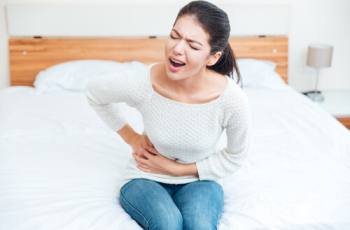
Maple syrup organic is a delicious addition to pancakes in the morning. This breakfast staple is enjoyed by millions of North Americans every day. Maple syrup is harvested by farmers in the early spring. This syrup is an excellent sugar substitute. It has a lower glycemic impact than raw honey or table sugar, with a glycemic score of 54.
You may be surprised to find out that the maple syrup sold in your local grocery store is not maple syrup. Marketers use clever marketing techniques to entice consumers to buy their products. Next time you buy a bottle, take a closer look at the label. If the label says “maple-flavored”, then it is not real maple syrup.
The food manufacturers try to pass off corn syrup as maple syrup by adding maple flavoring. But fans of Canada’s most popular export are able to tell the difference. Here are 10 facts you might not know about maple syrup.
1. Canadian Maple Syrup Manufacturing
Canada, a North American country, produces more than 70 percent of the maple syrup in the world. Of that amount 90 percent comes from Quebec. The French-speaking region of Canada is the biggest producer.
Nova Scotia, Prince Edward Island and New Brunswick were the first cities to harvest maple syrup. The Federation of Quebec Maple Syrup regulates over 7,400 maple businesses in Quebec, and another 1,200 across Canada. The organization provides social and ethical guidelines to ensure the sustainability of the maple syrup industry.
Maple syrup is an important part of Canada’s economic and social fabric. Native Americans taught the first French settlers to boil and distil the golden sap. Canada exports maple syrup to over 50 countries around the world, with the U.S. being the largest importer.




